In the latest monthly report, Bundesbank presented the scenario analysis on the impact of further escalation of invasion of Ukraine, with the assumption that trade with Russia, including energy imports, will be suspended.
Germany GDP could be up to -5% lower than March forecast by the ECB. Comparing to 2021, GDP would fall by almost -2% in 2022.
Price incase could be significant, with inflation 1.5% higher in 2022, and 2% higher in 2023 than ECB forecast. “The upward risks of inflation predominate, since price increases in downstream production stages or wage increases could be greater.”
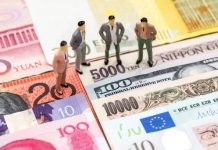



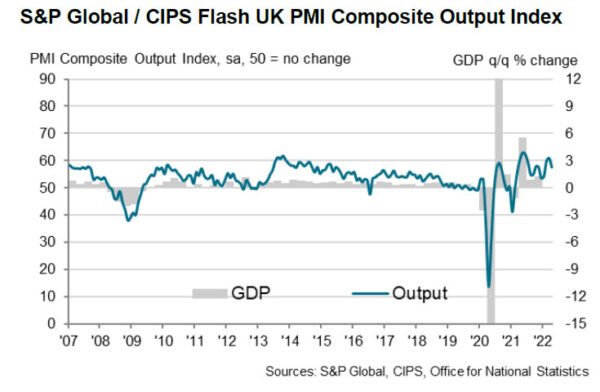
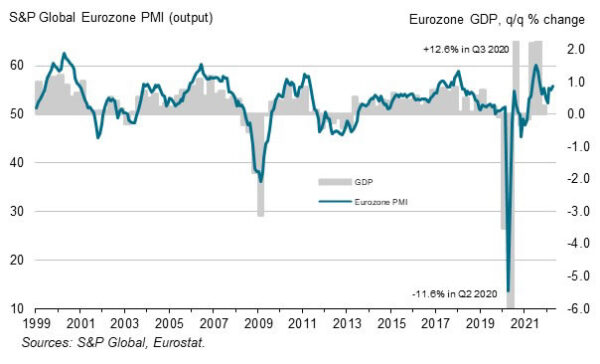
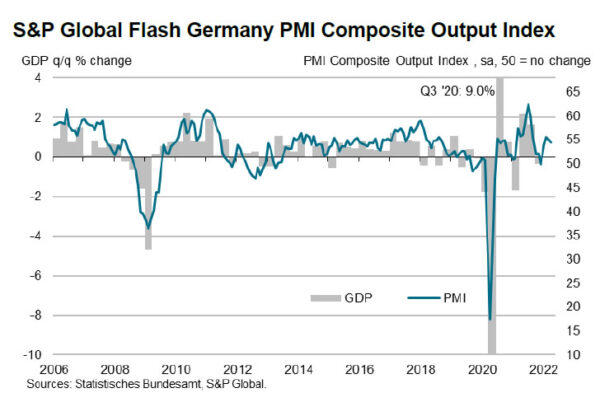
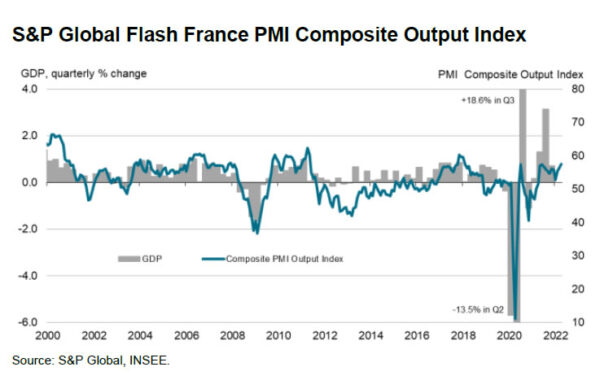
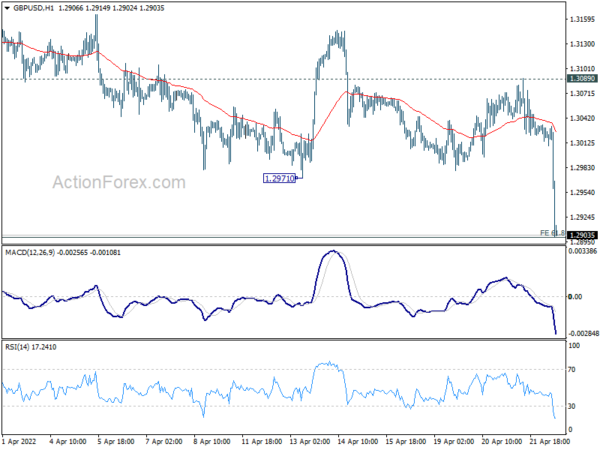
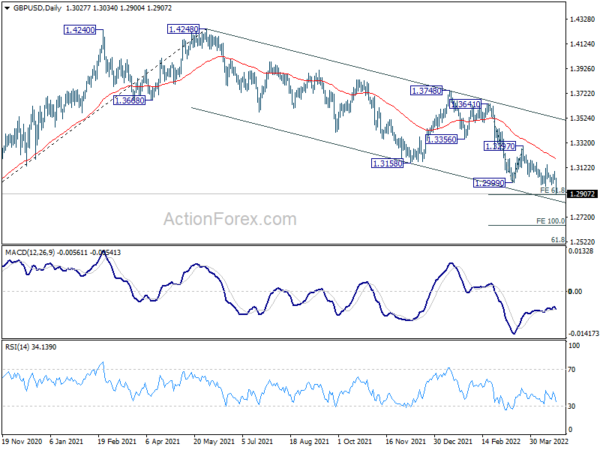
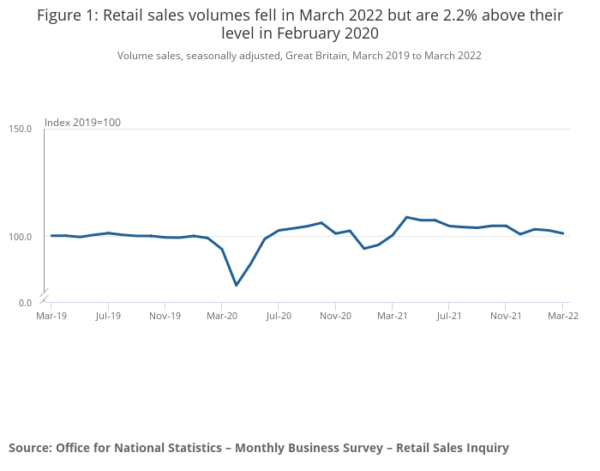
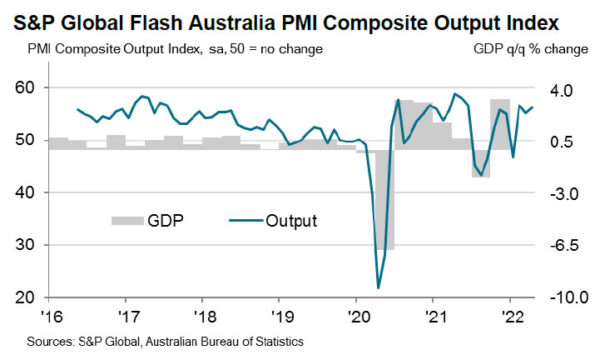
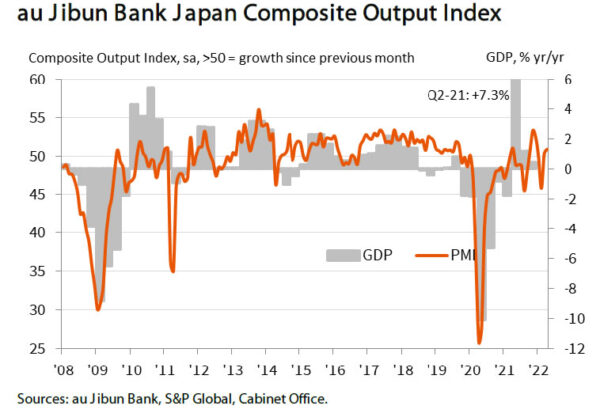
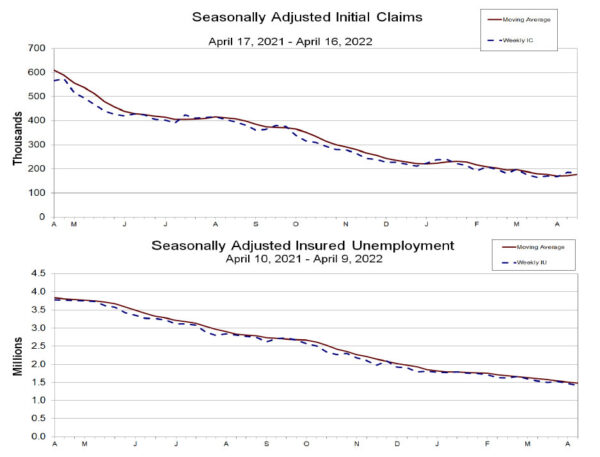
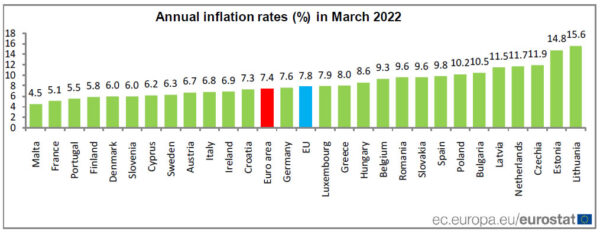


Canada retail sales rose 0.1% mom in Feb, to rise 1.4% in Mar
Canada retail sales rose 0.1% mom to CAD 59.9B in February, better than expectation of -0.5% mom decline. That’s the fourth increase in the last five months. Higher sales at clothing and clothing accessories stores (+15.1%) and gasoline stations (+6.2%) were offset by lower sales at motor vehicle and parts dealers (-5.1%).
Sales were up in 6 of the 11 subsectors, representing 47.2% of retail trade. Core retail sales—which exclude sales at gasoline stations and motor vehicle and parts dealers—increased 1.4%.
According to advance estimate, sales increased 1.4% mom in March.
Full release here.